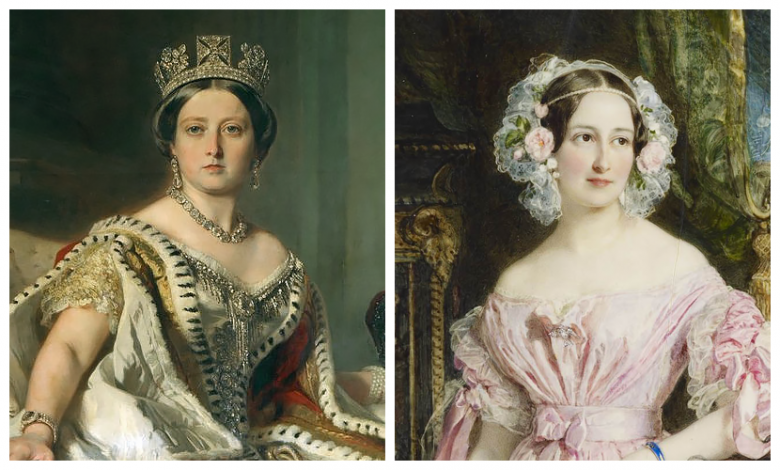10th April 2018
Today is Siblings Day. In my writing, I’ve explored many complicated relationships between siblings. In my most recent Tudor novel, The Last Tudor, we met the Grey sisters – Jane, Katherine and Mary. Queen Jane’s story is famous, but her sisters were almost unheard of, yet, their stories give us an entirely different view of the nine-day queen. Before her execution, Jane wrote to her sister Katherine, urging her to find joy in her faith and prepare for judgement and death in the mortal world. Though their lives were full of difficulty, it appears these three girls loved each other dearly.
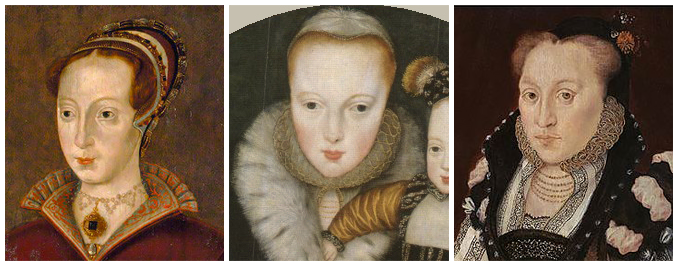
Jane, Katherine and Mary Grey
Others were not so straightforward. In Three Sisters, Three Queens, I tell the story of Henry VIII’s sister, Margaret Tudor, and her relationship with her younger sister, Mary, and her sister-in-law, Katherine of Aragon. Under Katherine’s command during her time as regent of England, Margaret’s husband, James IV, was killed at the Battle of Flodden. Unforgivably, Katherine took James’ body as a prize, something which could hardly have encouraged sisterly affection.
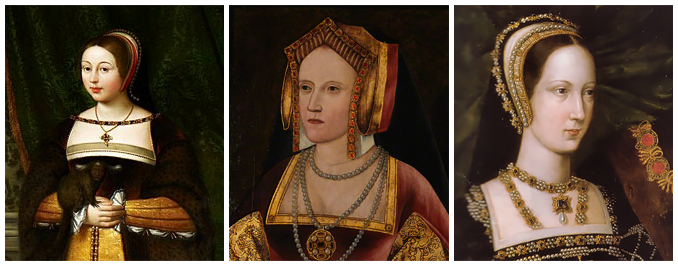
Margaret Tudor, Katherine of Aragon and Mary Tudor
The Wars of the Roses also had its share of sibling rivalry. George Duke of Clarence plotted constantly against his older brother Edward IV, eventually, he was privately executed – allegedly by being drowned in a barrel of malmsey wine. A few years later when Edward died, his younger brother, Richard III, took the throne for himself, then put Edward’s sons into the Tower of London, where they disappeared.
These weren’t the first Plantagenet brothers to scheme for the throne. Prince John – made famous by the tales of Robin Hood – attempted to usurp King Richard the Lionheart when he was taken prisoner and held for ransom. King Richard did eventually return, and he forgave his brother. John lost most of his lands as punishment, but he served Richard loyally enough to be named his heir and became king when his brother died.
Some siblings were not as forgiving. Cleopatra VII, one of the most famous rulers of ancient Egypt, had a hand in the deaths of three of her siblings. She and her brother Ptolemy XIII had been named as co-rulers when their father died. It didn’t take long for Ptolemy to grow resentful of his sister’s power and influence, so he attempted to oust her. Cleopatra fled to Syria and began organising her own army. Rome intervened but the plotting continued until eventually, Ptolemy was killed – he is said to have drowned in the Nile. Another of her brothers was named as the new co-ruler but he died only a few years later. It is presumed that Cleopatra poisoned him to clear the way for her son to inherit the throne. Cleopatra’s sister, Arinsoe, was also killed, despite previously being granted sanctuary.
Cleopatra was not somebody to cross, but even these killings paled in comparison to the ones mandated by Ottoman Empire policy. Due to a long and bloody civil war between brothers that almost brought the empire to destruction, a policy of judicial royal fratricide was introduced by Mehmet II to prevent it from happening again. The biggest killing took place when Mehmet III came to power in 1595 – he executed his nineteen brothers to make sure his power was secure.
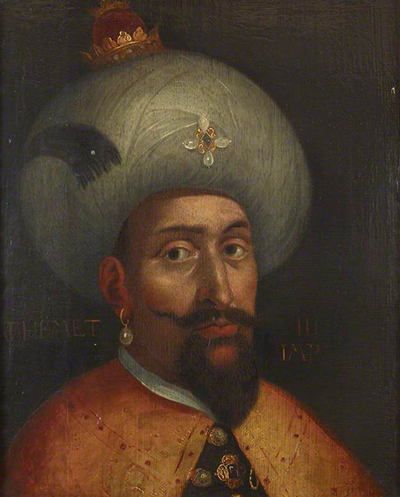
Mehmet III
But not all royal siblings treated each other badly – there are many who had close, loving relationships, such as Queen Victoria and her half-sister Princess Feodora. Although Feodora was twelve years older than Victoria, the two had a close bond. When Feodora married and returned to Germany, the two kept up a lifetime correspondence and Feodora was granted an allowance whenever she wished to visit England. After her death, a letter marked for Victoria was found, which shows the depth of her feelings towards her sister.
‘I can never thank you enough for all you have done for me, for your great love and tender affection. These feelings cannot die; they must and will live on in my soul — till we meet again, never more to be separated — and you will not forget.’
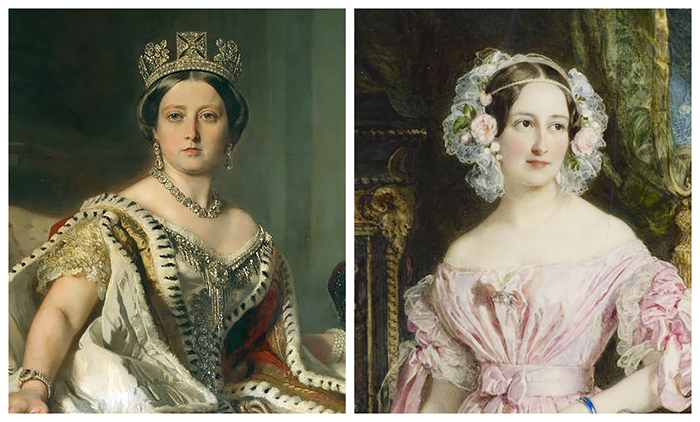
Queen Victoria and Princess Feodora
Images:
Lady Jane Grey, by Unknown artist, c.1590–1600 – NPG 6804 – © National Portrait Gallery, London. Portrait of Lady Katherine Grey and her son Edward Seymour, Lord Beauchamp of Hache, c.1562, via Wikimedia Commons. Portrait of Lady Mary Grey, attributed to Hans Eworth, 1571, via Wikimedia Commons.
Margaret Tudor by Daniel Mytens, painted c. 1620–38, Royal Collection Trust/© Her Majesty Queen Elizabeth II. Katherine of Aragon by unknown artist, c.1520, NPG L246. By permission of the Archbishop of Canterbury and the Church Commissioners; on loan to the National Portrait Gallery, London. Detail from portrait of Mary Tudor and Charles Brandon, attributed to Jan Gossaert, c.1516, Woburn Abbey, via Wikimedia Commons.
Sultan and 92. Caliph of Islam, Mehmet III of the Ottoman Empire (1566–1603) by Cristofano dell’Altissimo, 16th century, © National Trust Images via Wikimedia Commons.
Portrait of Queen Victoria by Franz Xaver Winterhalter, 1859, Royal Collection Trust, RCIN 405131, via Wikimedia Commons. Princess Feodora of Hohenlohe-Langenburg (1807-1872) by Sir William Ross, 1838, Royal Collection Trust, RCIN 420416, via Wikimedia Commons.
